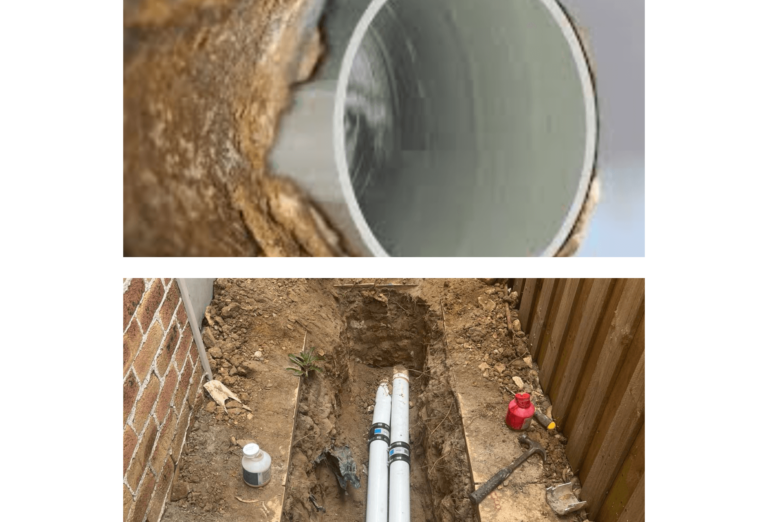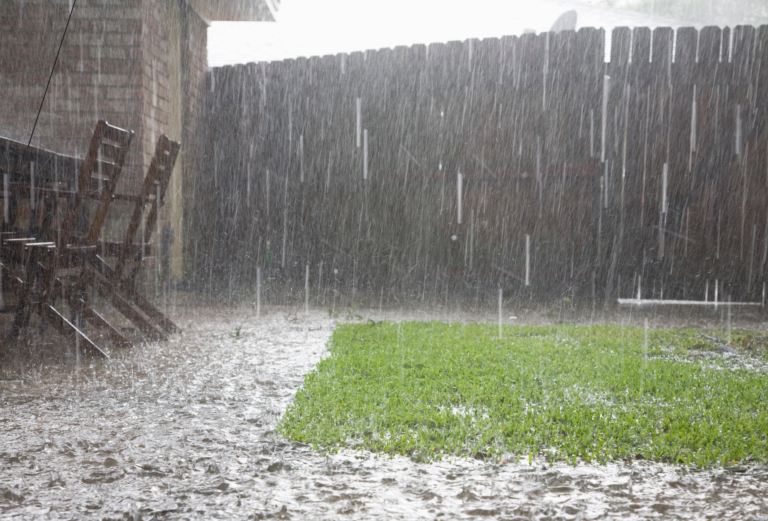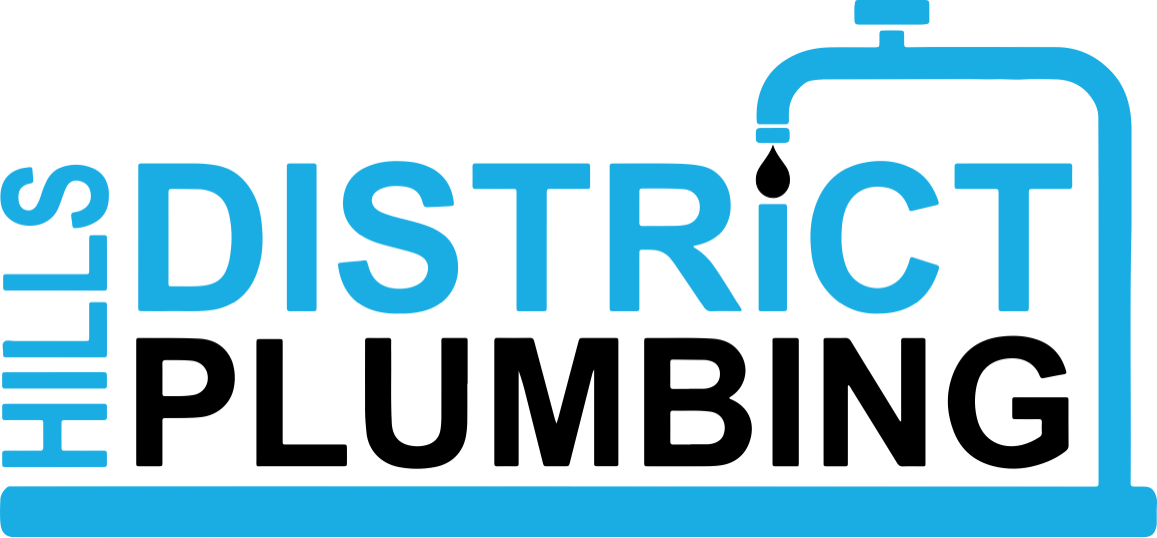-
- Not suitable for all situations: Drain relining may not be feasible for severely damaged or collapsed pipes, requiring replacement instead.
- Potential for misalignment: If the existing pipe is significantly misaligned, relining may not fully address the issue, leading to ongoing drain problems.
- Limited access: Relining may be challenging in certiain situations where access to the pipe is restricted or obstructed, complicating the installation process.
- Dependent on pipe condition: Relining relies on the structural integrity of the existing pipe, so if the pipe is heavily deteriorated or compromised, relining may not be a viable solution.
- Drain Replacement:
Pros:
-
- Complete restoration: Drain replacement involves installing a brand-new pipe, ensuring optimal performance and longevity, especially in cases of severe damage or deterioration.
- Flexibility: Replacement allows for modifications to the drainage system, such as changing the pipe diameter or rerouting the drain to improve efficiency or accommodate new structures.
- Long-term solution: A properly insatlled replacement pipe can provide decades of reliable service, reducing the likelihood of future drainage issues and the need for frequent repairs.
- Address underlying issues: Replacement allows for thorough inspection and correction of any underlying issues, such as poor pipe alignment or inadequate slope, ensuring optimal drainage performance.
Cons:
-
- Higher cost: Drain replacement is typically more expensive than relining, as it requires more labour, materials and potentially extensive excavation work.
- Time-consuming: The process of replacing a drain can be more time-consuming, especially if significant excavation or demolition is required, leading to longer project timelines and potential disruption.
- Disruption to property: Drain replacement may involve digging up landscaping, driveways, or other structures to access and install the new pipe, which can cause inconvenience and aesthetic concerns.
- Potential for damage: Excavation work associated with drain replacement carries the risk of damaging existing utilities, landscaping , or structures, leading to additional repair costs and delay.
- In summary, both drain relining and drain replacement have their advantages and drawbacks and the most suitable option depends on factors such as the extent of damage, budget constraints and long-term objectives. Consulting with a licensed plumber can help determine the best course of action for your specific drainage needsR

Do I Reline My Drain Pipes or Replace Them?
Evaluate the Pros and Cons of relining your drain pipes versus replacing your drain pipes. Drain Relining: Pros: 1. Cost-effective: Drain relining is often more affordable than complete drain… Read More
How to Prepare Your Home for the Next Rain Bomb in Sydney
As residents of Sydney, we are no strangers to the unpredictability of weather patterns. From scorching summers to sudden downpours, our beautiful city experiences its fair share of extreme weather… Read MoreEvaluate the Pros and Cons of relining your drain pipes versus replacing your drain pipes.
Drain Relining:
Pros:
- 1. Cost-effective: Drain relining is often more affordable than complete drain replacement, especially when considering the cost of labour and materials.
- 2. Time efficient: relining can typically be completed much faster than replacing a drain, minimizing disruption to your property and daily routine.
- 3. Minimally invasive: Relining involves inserting a liner into the existing pipe, which eliminates the need for extensive excavation or demolition work, preserving landscaping and structures.
- 4. Durability: High-quality relining materials can provide long-lasting protection against corrosion, root intrusion and other common drain issues.
- 5. Improved flow: By sealing cracks, leaks and gaps within the pipe, relining can restore optimal flow capacity, reducing the risk of blockages and backups.
- Cons:
-
- Not suitable for all situations: Drain relining may not be feasible for severely damaged or collapsed pipes, requiring replacement instead.
- Potential for misalignment: If the existing pipe is significantly misaligned, relining may not fully address the issue, leading to ongoing drain problems.
- Limited access: Relining may be challenging in certiain situations where access to the pipe is restricted or obstructed, complicating the installation process.
- Dependent on pipe condition: Relining relies on the structural integrity of the existing pipe, so if the pipe is heavily deteriorated or compromised, relining may not be a viable solution.
- Drain Replacement:
Pros:
-
- Complete restoration: Drain replacement involves installing a brand-new pipe, ensuring optimal performance and longevity, especially in cases of severe damage or deterioration.
- Flexibility: Replacement allows for modifications to the drainage system, such as changing the pipe diameter or rerouting the drain to improve efficiency or accommodate new structures.
- Long-term solution: A properly insatlled replacement pipe can provide decades of reliable service, reducing the likelihood of future drainage issues and the need for frequent repairs.
- Address underlying issues: Replacement allows for thorough inspection and correction of any underlying issues, such as poor pipe alignment or inadequate slope, ensuring optimal drainage performance.
Cons:
-
- Higher cost: Drain replacement is typically more expensive than relining, as it requires more labour, materials and potentially extensive excavation work.
- Time-consuming: The process of replacing a drain can be more time-consuming, especially if significant excavation or demolition is required, leading to longer project timelines and potential disruption.
- Disruption to property: Drain replacement may involve digging up landscaping, driveways, or other structures to access and install the new pipe, which can cause inconvenience and aesthetic concerns.
- Potential for damage: Excavation work associated with drain replacement carries the risk of damaging existing utilities, landscaping , or structures, leading to additional repair costs and delay.
- In summary, both drain relining and drain replacement have their advantages and drawbacks and the most suitable option depends on factors such as the extent of damage, budget constraints and long-term objectives. Consulting with a licensed plumber can help determine the best course of action for your specific drainage needsR

Do I Reline My Drain Pipes or Replace Them?
Evaluate the Pros and Cons of relining your drain pipes versus replacing your drain pipes. Drain Relining: Pros: 1. Cost-effective: Drain relining is often more affordable than complete drain… Read More
